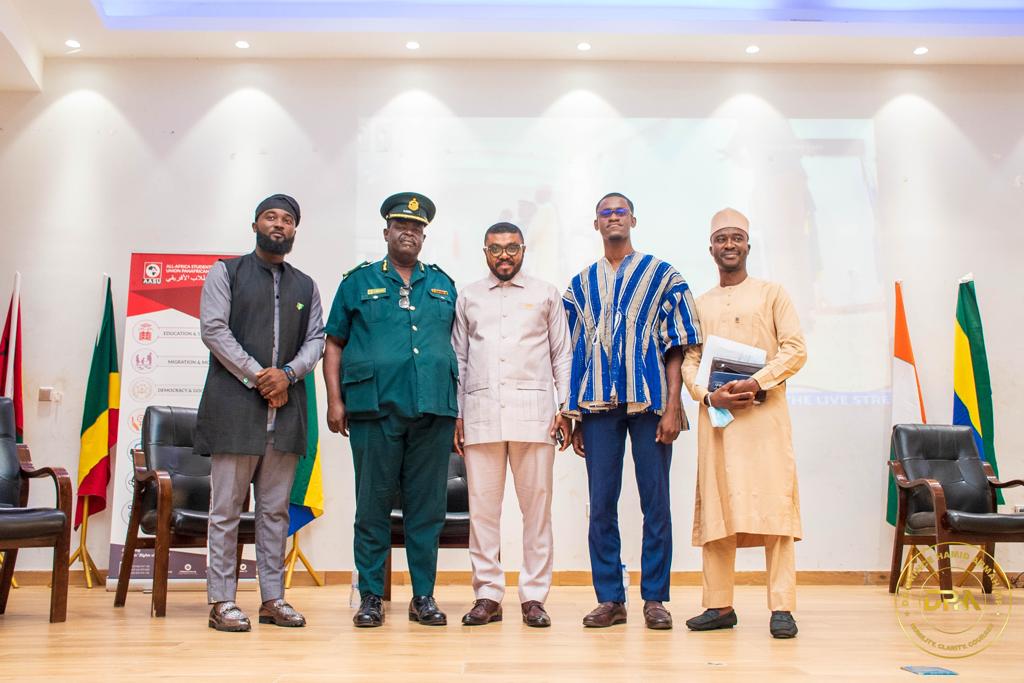Listen to the article
Since time immemorial, man has always engaged in activities for different reasons. While some have been for survival, others have been for recreation, recreation or other reasons. A common point remains the fact that some have been harmful.
These days, most are practiced under the guise of religion, exposure, or culture. These practices extend from rural to urban areas and affect all classes of society. They have also had a negative impact on the fundamental right to education.
But, first, what are harmful practices?
Harmful practices refer to actions that harm the physical and mental health of anyone. These practices are contrary to human rights. It is a well-established law that people have the right to live free from harm, oppression, discrimination and violence. Above all, free from harmful practices directed against boys and girls.
Given that we are in a month that celebrates women and girls, this article will be limited to harmful practices against this gender that for so long have been considered, or presented by the authors, as part of accepted cultural practices.
The most common harmful traditional practices affecting the education of women and girls today include forced or early marriage, tribal mark cutting, child labor, female genital mutilation (FGM), virginity testing, witchcraft marking, and the list goes on.
It is no longer a secret that across Nigeria, reports of forced and early marriage are no longer news. This act, although not backed by law, is fueled by cultural beliefs that victims are not allowed to have an opinion.
This has often led to different challenges, from vesicovaginal fistula to mental health issues, among others, which have led to a decline in interest in education, especially formal education. Even when school becomes interesting, there is the fear of stigma. And, with a weak social support infrastructure, it can lead the victim to drop out of further education.
While tribal cuttings are worn with pride by men, there have been reports of ethno-religious stigmatization of women. Culturally, these are given as a means of uniqueness with a different meaning. However, the process is usually devoid of proper sanitary equipment, which exposes the child or the person to different medical problems.
There is also the problem of technological stigma. For example, there are cases where facial recognition machines compared black people to monkeys and dismissed the human nature of Africans with tribal markings.
The third concern occurs on a more common basis – child labor. Despite the existence of laws across the country prohibiting child labor, there seems to be no end in sight to the phenomenon of peddling, which is the most common form of child labor.
This limits the time children spend in school because adults often send them to work hard to get funds to run their homes. Child labor in all its forms violates children’s rights to compulsory, free and basic education and to health, among others.
Female genital mutilation, which involves circumcising women, has created more problems than it was supposed to solve. While some cultures saw it as a way to prevent promiscuity, others saw it as a way to welcome the little girl into honor among others. This practice has created mental health problems, reduced sexual performance, infections, postpartum hemorrhaging and sometimes death. Victims are stigmatized and suffer varying degrees of abuse.
The decision to perform virginity tests on young girls and women for any reason is a violation of the rights to privacy and dignity of life. This practice has more religious connotations and has led to stigma. The victims could be virgins in regions where sexual prowess is glorified. Meanwhile, the victims could be those who have lost their virginity in circles for different reasons in areas where abstinence is preached. Either way, it’s bad and could limit the chances of learning. Medical research has shown that the presence or absence of a hymen does not necessarily determine virginity.
In contrast, males are checked using methods that show they have a thick foreskin and can urinate over a meter high without using their hands. Virginity testing helps promote the culture of shame.
While practicing the mark of witchcraft has seen children who have suffered several instances of abuse, physically, mentally and emotionally.
All of the harmful traditional practices have deprived our classrooms, the formal and informal students who would have changed the narrative of our beloved state and country.
The list of practices is endless and their impact on our education system cannot be overstated. A quick glance at these mentioned challenges will save us a future of doom.
There is therefore an urgent call to stakeholders to bring everyone together to end these harmful practices that have a negative impact on our education system.
Blessing Isong is a Computer Science student at the University of Calabar with CrossRiverWatch.
NB: The opinions expressed in this article are strictly attributable to the author, Blessing Isong, and do not represent the opinion of CrossRiverWatch or any other organization for/with which the author works.
Short link:



